Yet it is he who is involved in 1932, creating a powerful, luminous and colorful composition of a country house or monastery upstream of a village under the snow.
Pierre Molinier was born on April 13, 1900 in Agen.
In 1913 he began an apprenticeship with his father to learn the trade of artisan painter.
In 1919 he settled in Bordeaux where he practiced his trade as an artisan painter until 1960 but passionate about art, he practiced drawing and painting in parallel.
In 1931 he married Andrea Lafaye and they settled in the old town, an apartment at 7 rue Faussets, which he would never leave. Together they had a daughter, Françoise, and a son, Jacques.
In 1944 his father committed suicide.
In 1949 his wife left the marital home.
In 1951 he caused a scandal at the Salon des Indépendants in Bordeaux by unveiling "The great fight". Faced with the boycott, he covered the painting with a veil on which he hung a manifesto addressed to his colleagues and visitors to the exhibition.
In 1960 he violently slapped his wife, fired shots over his cousin's head and spent a month in prison.
He gave up his work as a house painter to devote himself to his artistic work.
He committed suicide with a bullet in the mouth on March 3, 1976.
His questioning of sexual identification, visionary of our time, influenced European and North American body-art artists in the early 1970s.
The recognition of his artistic work will be made during his lifetime but its importance will strengthen exponentially since his death.
Oil on a wooden panel in perfect condition, signed and dated "P Molinier 1932" lower right.
Size : 19,7 x 25,2 Inches without frame and 22,3 x 27,8 Inches with its oak stick



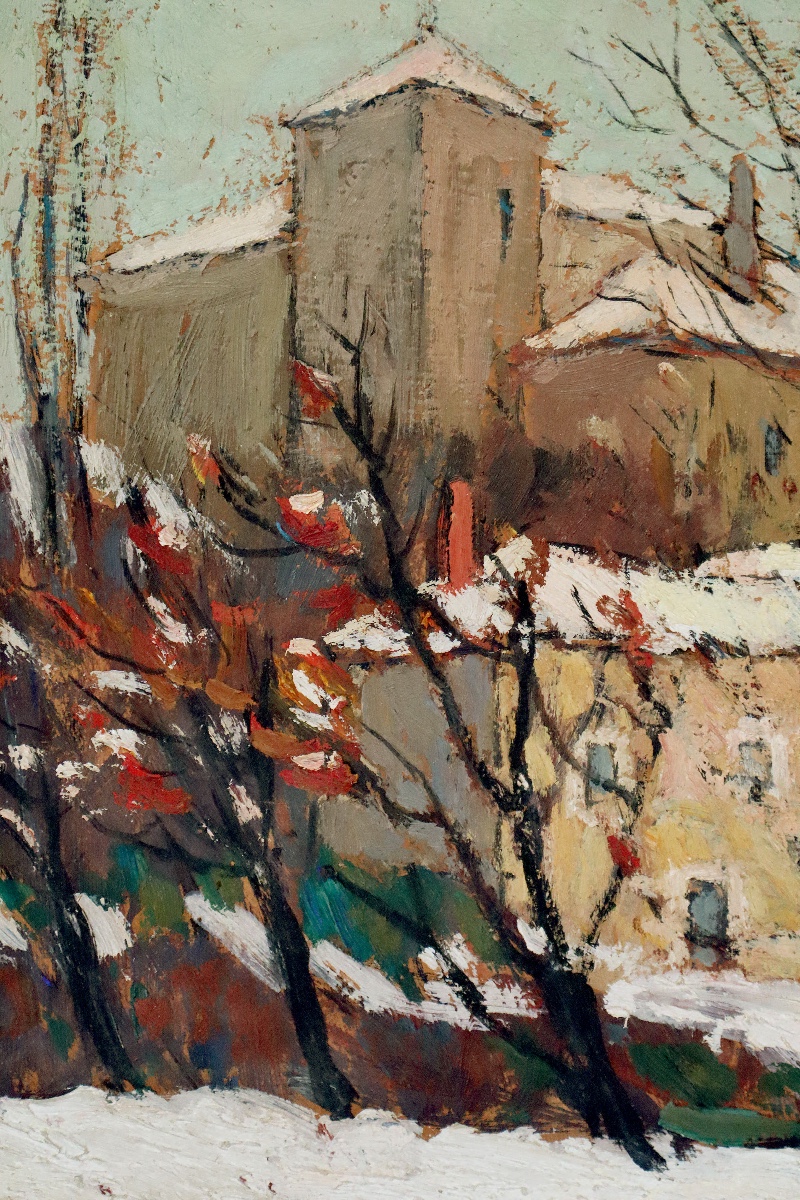

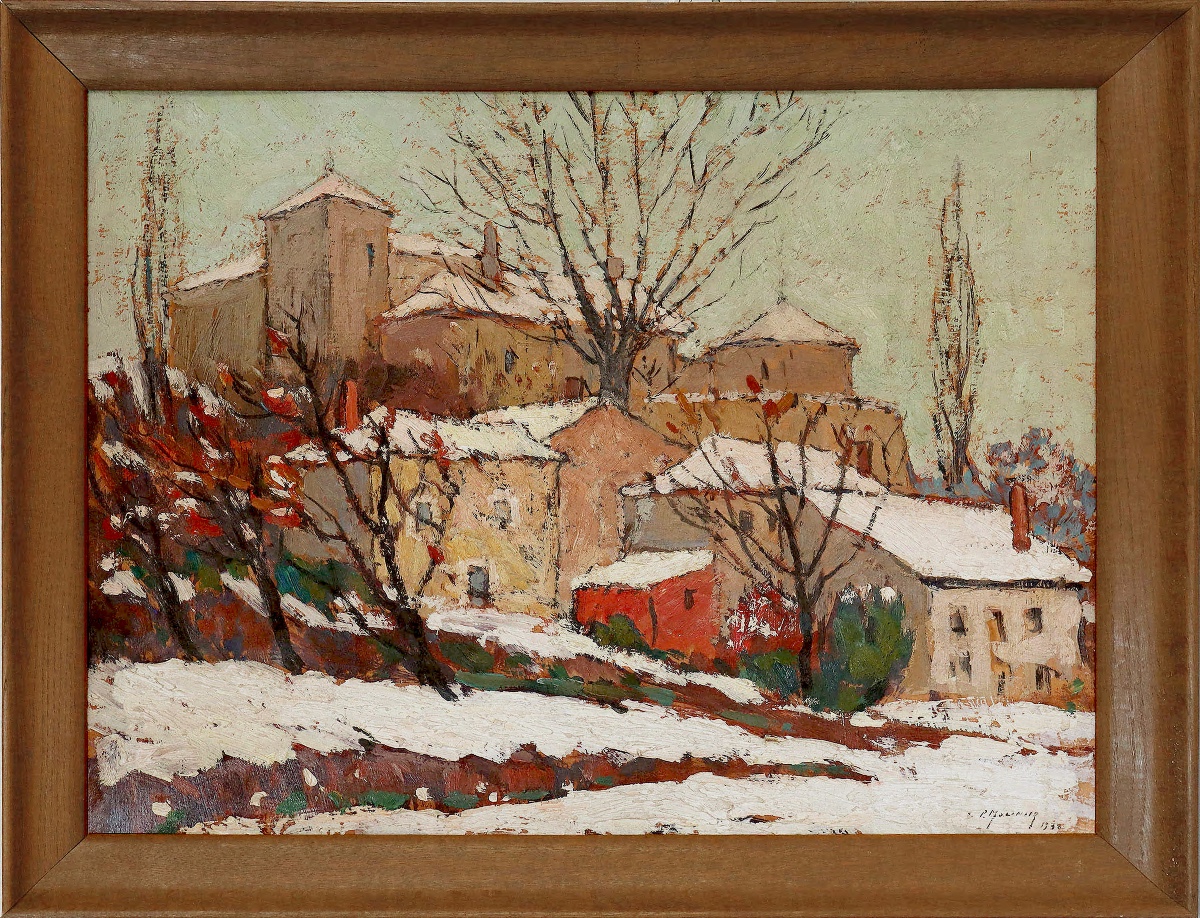
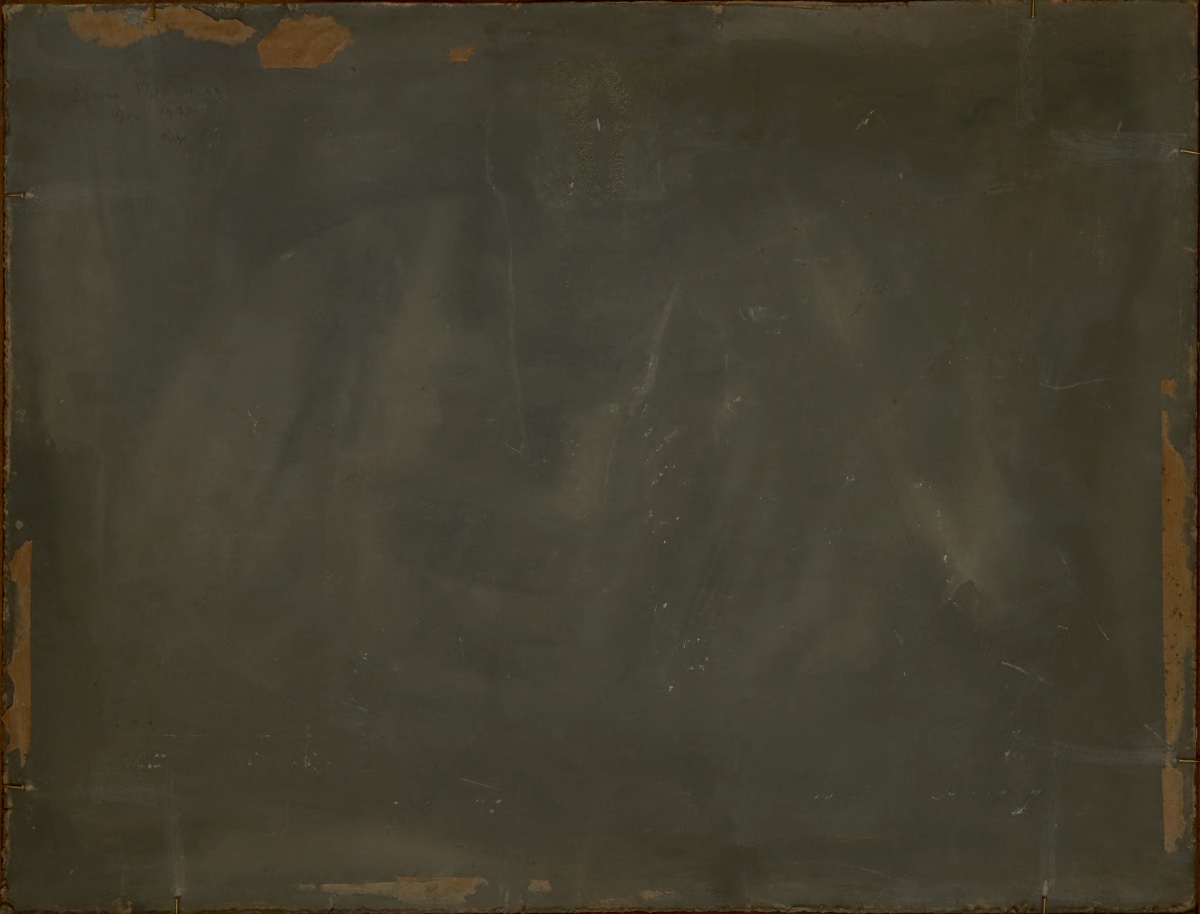






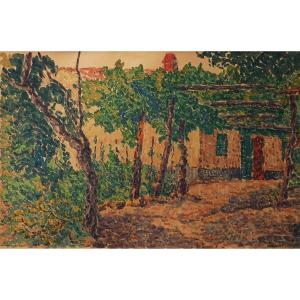
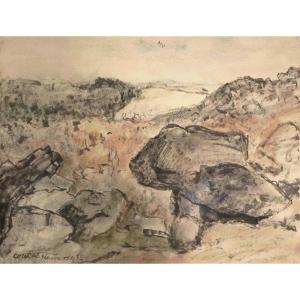







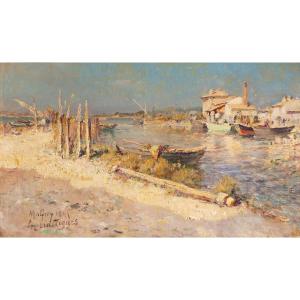







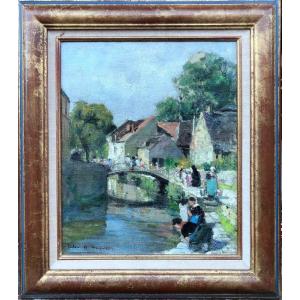
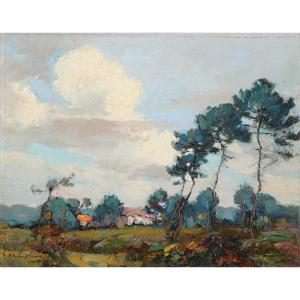
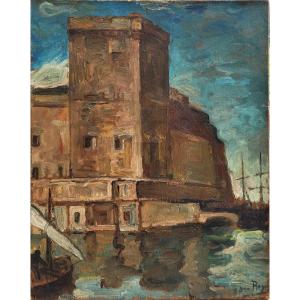



 Le Magazine de PROANTIC
Le Magazine de PROANTIC TRÉSORS Magazine
TRÉSORS Magazine Rivista Artiquariato
Rivista Artiquariato